Kluczowe dokumenty
About This Item
Polecane produkty
czystość izotopowa
98 atom % D
Poziom jakości
mp
145-148 °C (lit.)
Zastosowanie
electronics
Format
neat
przesunięcie masy
M+10
ciąg SMILES
[2H]c1c([2H])c2c([2H])c([2H])c3c([2H])c([2H])c([2H])c4c([2H])c([2H])c(c1[2H])c2c34
InChI
1S/C16H10/c1-3-11-7-9-13-5-2-6-14-10-8-12(4-1)15(11)16(13)14/h1-10H/i1D,2D,3D,4D,5D,6D,7D,8D,9D,10D
Klucz InChI
BBEAQIROQSPTKN-LHNTUAQVSA-N
Szukasz podobnych produktów? Odwiedź Przewodnik dotyczący porównywania produktów
Powiązane kategorie
Zastosowanie
Opakowanie
Hasło ostrzegawcze
Warning
Zwroty wskazujące rodzaj zagrożenia
Zwroty wskazujące środki ostrożności
Klasyfikacja zagrożeń
Aquatic Acute 1 - Aquatic Chronic 1
Kod klasy składowania
11 - Combustible Solids
Klasa zagrożenia wodnego (WGK)
WGK 2
Temperatura zapłonu (°F)
Not applicable
Temperatura zapłonu (°C)
Not applicable
Wykazy regulacyjne
Wykazy regulacyjne dotyczą głównie produktów chemicznych. Można w nich podawać ograniczoną liczbę informacji na temat produktów niechemicznych. Brak wpisu oznacza, że żaden ze składników nie znajduje się w wykazie. Użytkownik odpowiada za zagwarantowanie bezpiecznego i zgodnego z prawem stosowania produktu.
EU REACH SVHC Candidate List
Wybierz jedną z najnowszych wersji:
Masz już ten produkt?
Dokumenty związane z niedawno zakupionymi produktami zostały zamieszczone w Bibliotece dokumentów.
Klienci oglądali również te produkty
Nasz zespół naukowców ma doświadczenie we wszystkich obszarach badań, w tym w naukach przyrodniczych, materiałoznawstwie, syntezie chemicznej, chromatografii, analityce i wielu innych dziedzinach.
Skontaktuj się z zespołem ds. pomocy technicznej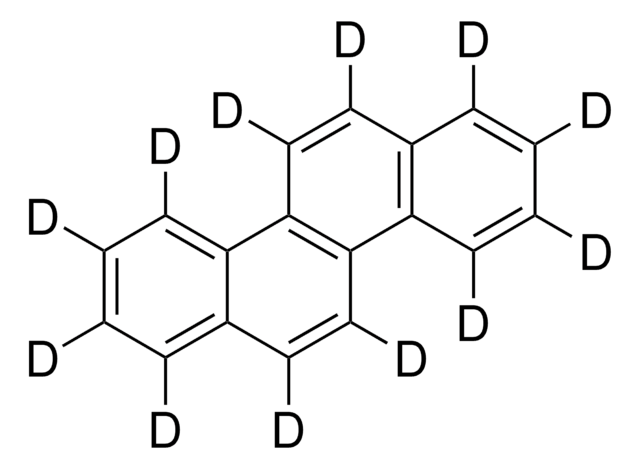
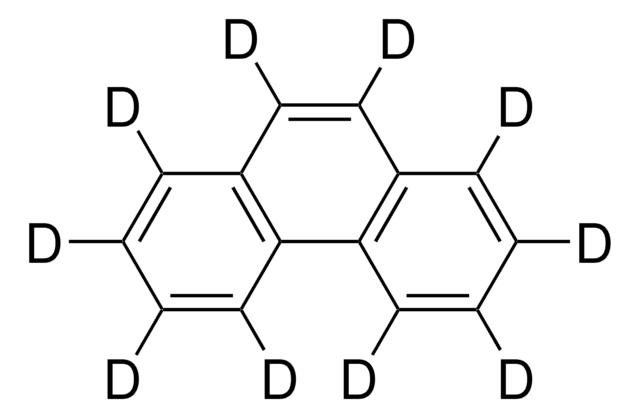
![Benzo[a]pyrene-d12 98 atom % D](/deepweb/assets/sigmaaldrich/product/structures/962/892/b867e1bb-083c-4337-b499-36eae87f40ad/640/b867e1bb-083c-4337-b499-36eae87f40ad.png)
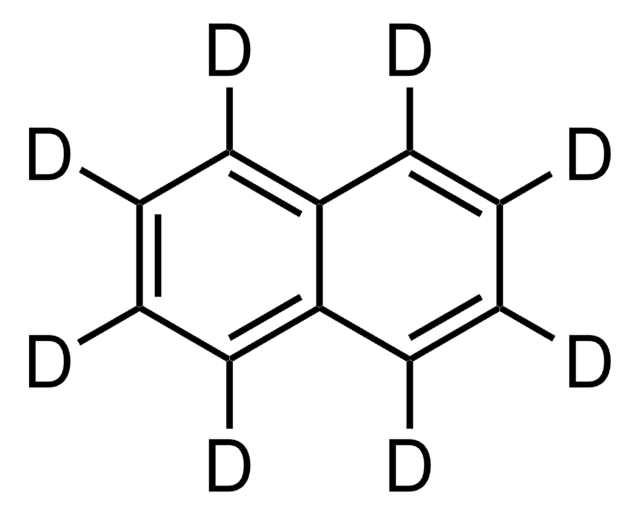
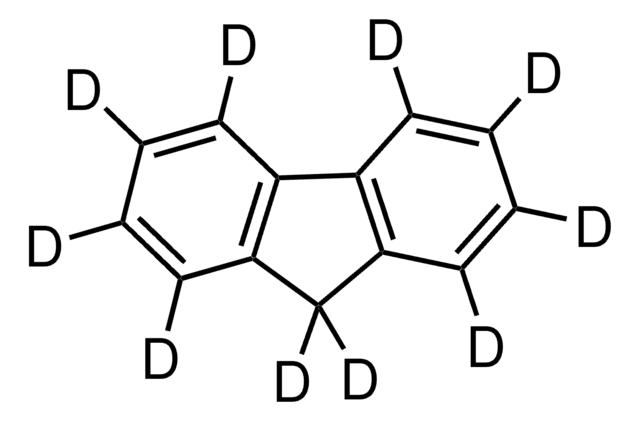
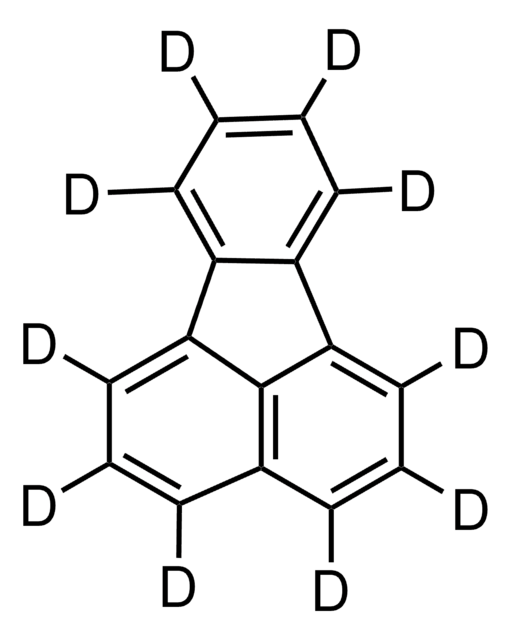
![Benzo[e]pyrene-d12 98 atom % D, 98% (CP)](/deepweb/assets/sigmaaldrich/product/structures/398/122/23f6b075-9148-43d7-a695-a449f900fb5a/640/23f6b075-9148-43d7-a695-a449f900fb5a.png)
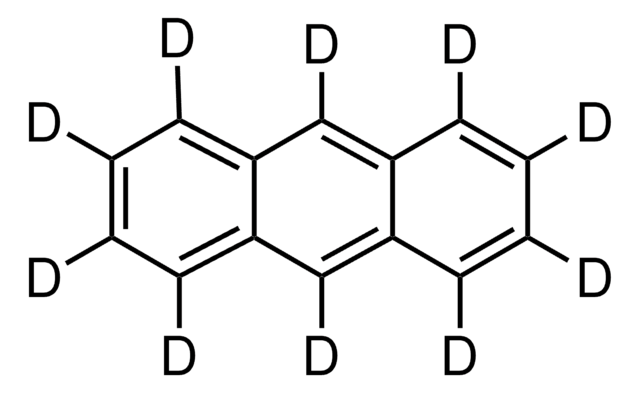
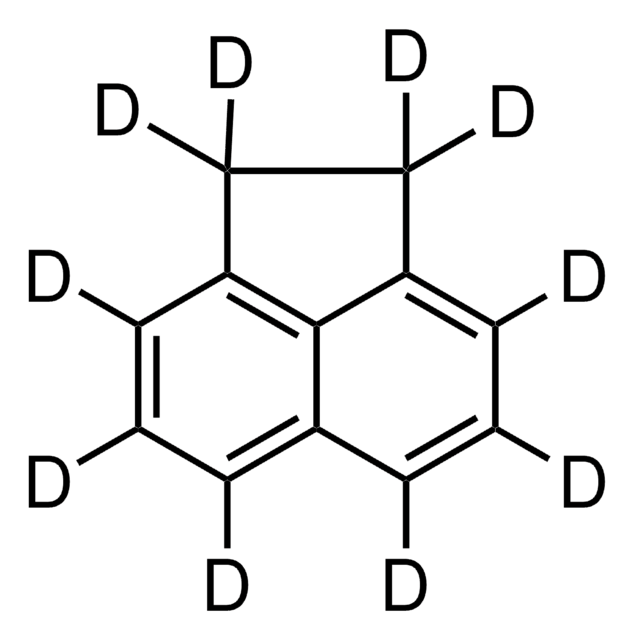
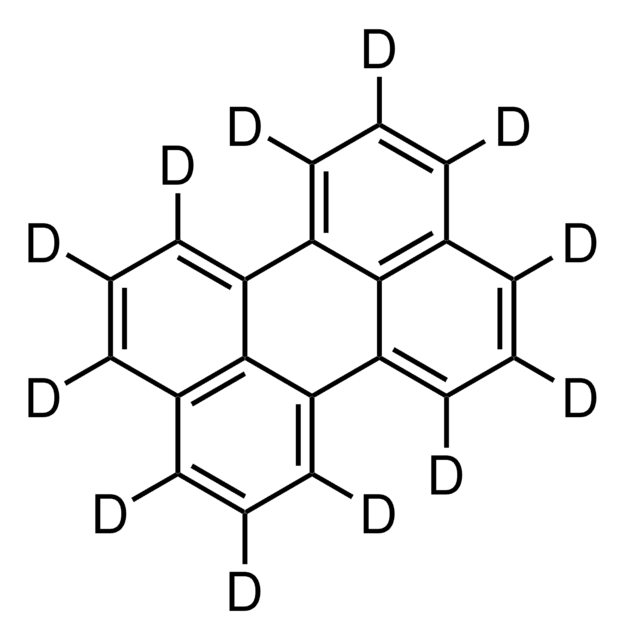

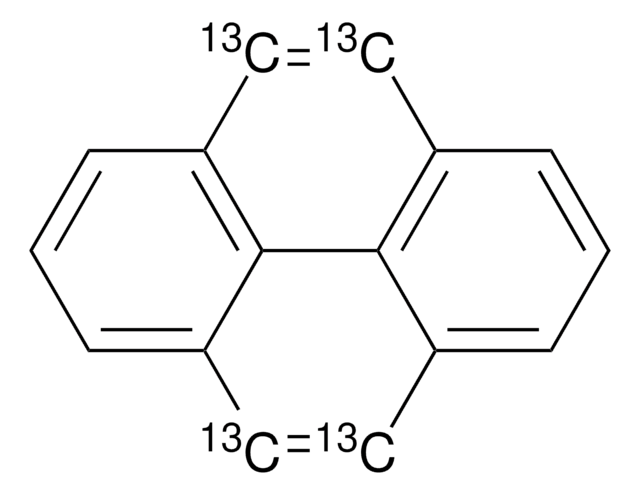
![Benzo[b]fluoranthene-d12 98 atom % D](/deepweb/assets/sigmaaldrich/product/structures/111/602/8ca7df58-767a-4f37-a19b-2bebdc865669/640/8ca7df58-767a-4f37-a19b-2bebdc865669.png)